Economists identify opportunities and challenges for Vietnam amid the return of the tariff war and the escalating US-China trade conflict.
The series of rapid tariff impositions between the US and China that took place just days after Donald Trump officially returned to power in the White House has increased global concerns about a new trade war between the world's two largest economies.
After the Trump administration's 10% additional tariffs on Chinese imports took effect on February 4, Beijing immediately announced a 15% tariff on US coal and liquefied natural gas, along with a 10% tariff on crude oil, agricultural machinery and some major automobiles, scheduled to take effect as early as February 10.
China has also imposed export restrictions on key minerals used in high-tech products; launched an antitrust investigation into Google; and placed two US companies on its list of “unreliable entities”—PVH Group, which owns Calvin Klein and Tommy Hilfiger, and Illumina, a biotechnology company with offices in China.
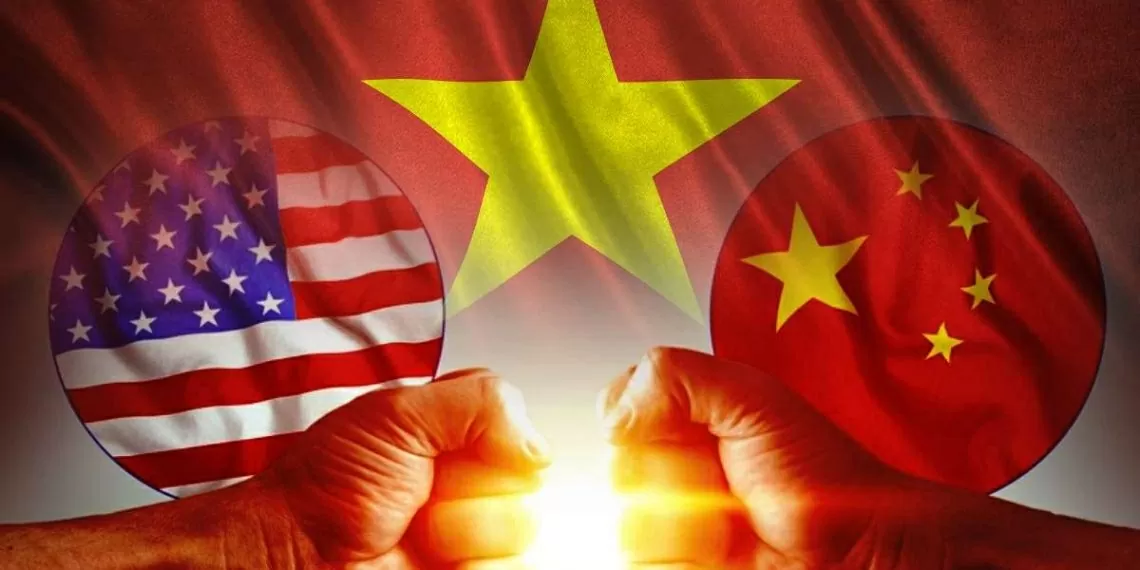 |
| Economic experts identify opportunities and challenges for Vietnam in the context of the return of the tariff war and the escalating US-China trade conflict. (Source: nghiencuuchienluoc.org) |
The world economic order will change dramatically.
Forecasting the fluctuations of the world economy in the face of a series of recent tariff policies of President Donald Trump, Associate Professor Dr. Nguyen Thuong Lang (National Economics University) analyzed that with a 25% tax rate applied to goods from Canada and Mexico, and a 10% tax rate on goods from China, the US policies can cause significant impacts on the global economy.
These changes not only affect trade relations between the US and other countries, but also impact global supply chains, international investment and economic growth prospects of many countries.
“There could be a major shift in the world economic order, with trade flows shifting towards fewer exports to the US market. This could lead to higher prices in the US and higher production costs, while prices in the rest of the world could fall due to excess supply and fierce competition, forcing the global economic structure to adjust.
Only highly competitive industries with strong supply chains will survive, while weaker industries will have to withdraw from the US market. At the same time, new supply chains will form to adapt to tough trade policies. This could slow down the recovery of global economic growth after the pandemic," Mr. Lang predicted.
According to Mr. Lang, free trade areas will also have the opportunity to play a role, receiving trade diversion and creating trade links outside the US, such as in Europe, the Pacific region, South America, the Middle East and Africa. Increasing the possibility of fragmentation of the world economy will require higher adjustment costs.
Ms. Nguyen Thi Huong, General Director of the General Statistics Office, said that President Trump's tax policies will tend to be tough, drawing reactions from many other countries.
“Increased trade protectionism and trade barriers not only escalate tensions but also threaten the stability of the global supply chain. The consequences could be a new wave of inflation, while increasing the risk of a slowdown in global economic growth and causing unemployment to rise again,” Ms. Huong said.
Opportunities come with challenges
Assessing Vietnam’s challenges in the context of the return of the tariff war and the escalating US-China trade conflict, Ms. Huong said that the first risk for Vietnam is that the cost of importing raw materials for production may increase due to the impact of world prices and exchange rate fluctuations, leading to increased input costs and product prices. This will put great pressure on manufacturing enterprises, while also causing domestic consumer goods prices to increase, creating pressure on inflation.
Second , the restriction of Chinese goods exported to the US could lead to a surplus and flooding the Vietnamese market, increasing competitive pressure on domestic enterprises. At the same time, exports from Vietnam to China could also face difficulties as Beijing prioritizes the consumption of domestic goods to support the economy.
Third , another risk is the possibility that China will use Vietnam as a transit point, assembling products and labeling them “Made in Vietnam” to avoid US tariffs. Without strict control, Vietnam could face trade sanctions similar to what Washington has applied to China.
However, Ms. Huong said that when import taxes to the US increased, many international businesses were forced to move their supply chains and production facilities out of China to minimize costs and risks. With its geographical advantages, competitive production costs and an increasingly improving investment environment, Vietnam is becoming an attractive destination for multinational corporations.
This reality happened during President Donald Trump’s first term after launching a trade war with China. At that time, Trump’s tariff policy caused many American and international businesses to leave China, and Vietnam quickly emerged as a priority destination for FDI capital flows.
Many "big guys" in the world's manufacturing industry have increased investment and shifted their production chains to Vietnam during this period, such as Samsung, LG, Foxconn, Apple, Intel...
Mr. Lang emphasized that Vietnam is facing a great opportunity to increase exports to the US market. Vietnam's key industries, such as textiles, electronics, agricultural products, and seafood, have the opportunity to increase exports to the US. Access to the US market also means that Vietnamese businesses can build brands and increase the added value of their products.
In parallel, with the impact of the new US tax policy, Vietnam can also access cheap goods from China, Canada and Mexico - where goods will be in stock because they cannot be exported to the US.
“The new US tax policy is likely to boost investment flows from China to Vietnam. This will create opportunities for Vietnam to attract high-quality investment, bringing new technology and management skills.
Through cooperation with Chinese companies, Vietnam can not only learn and apply new technology but also improve the competitiveness of its export products. These investment channels can also open up opportunities for Vietnamese enterprises to participate in the global supply chain, thereby enhancing Vietnam's position on the international economic map," Mr. Lang commented.
Source: https://baoquocte.vn/cuoc-chien-thue-quan-quay-tro-lai-va-loi-hai-hon-xua-viet-nam-se-xoay-so-the-nao-303540.html


































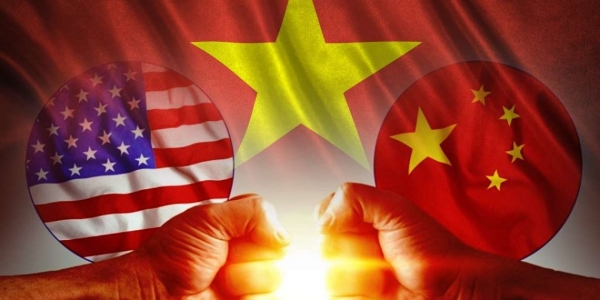
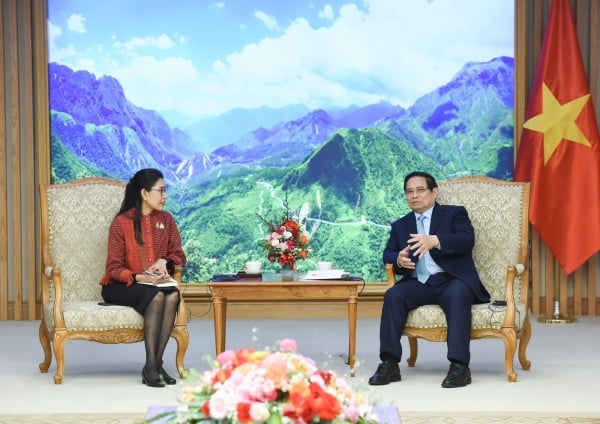
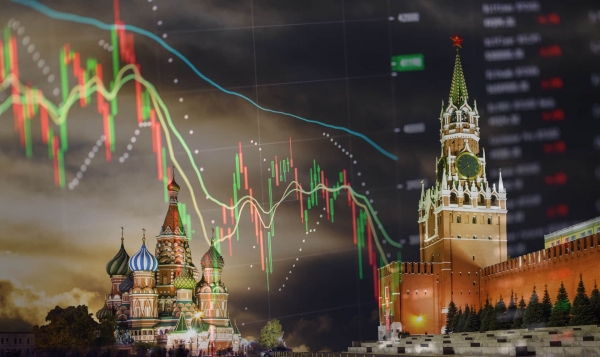





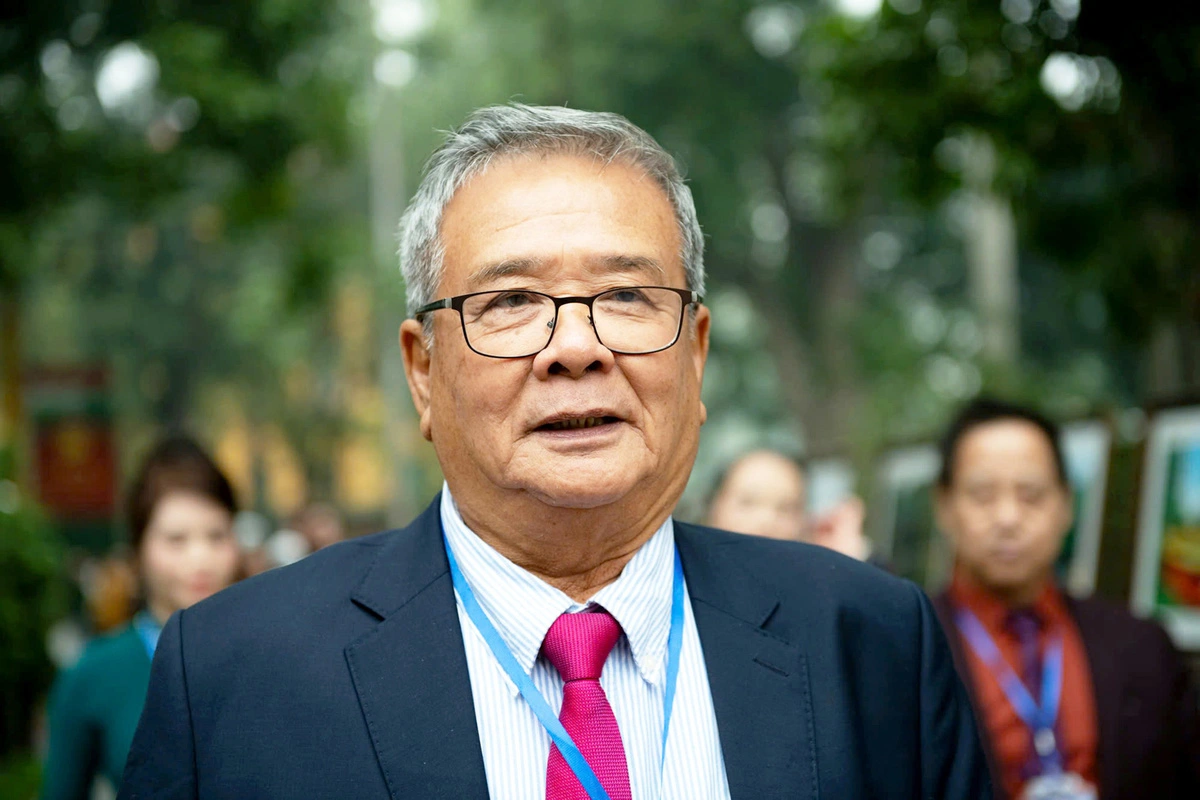













Comment (0)